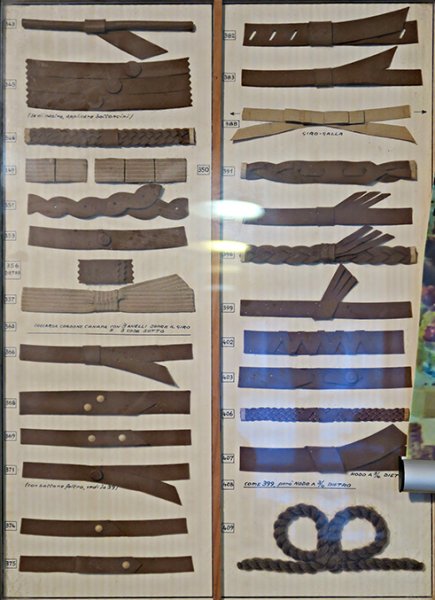T Jones
I'll Lock Up
- Messages
- 6,853
- Location
- Central Ohio
I'd like to find a 2 5/8 810 in a 7 1/4. I've got some 510s, which are basically the same as 810s, but I don't use them much.I have a set of vintage 810's marked 2 5/8 but can take it out to 2 7/8" or down to 2 1/2" with no major issues. 2 1/4" are too narrow and i get zero cupping but luckily i only have received 1 order for that narrow a brim.









